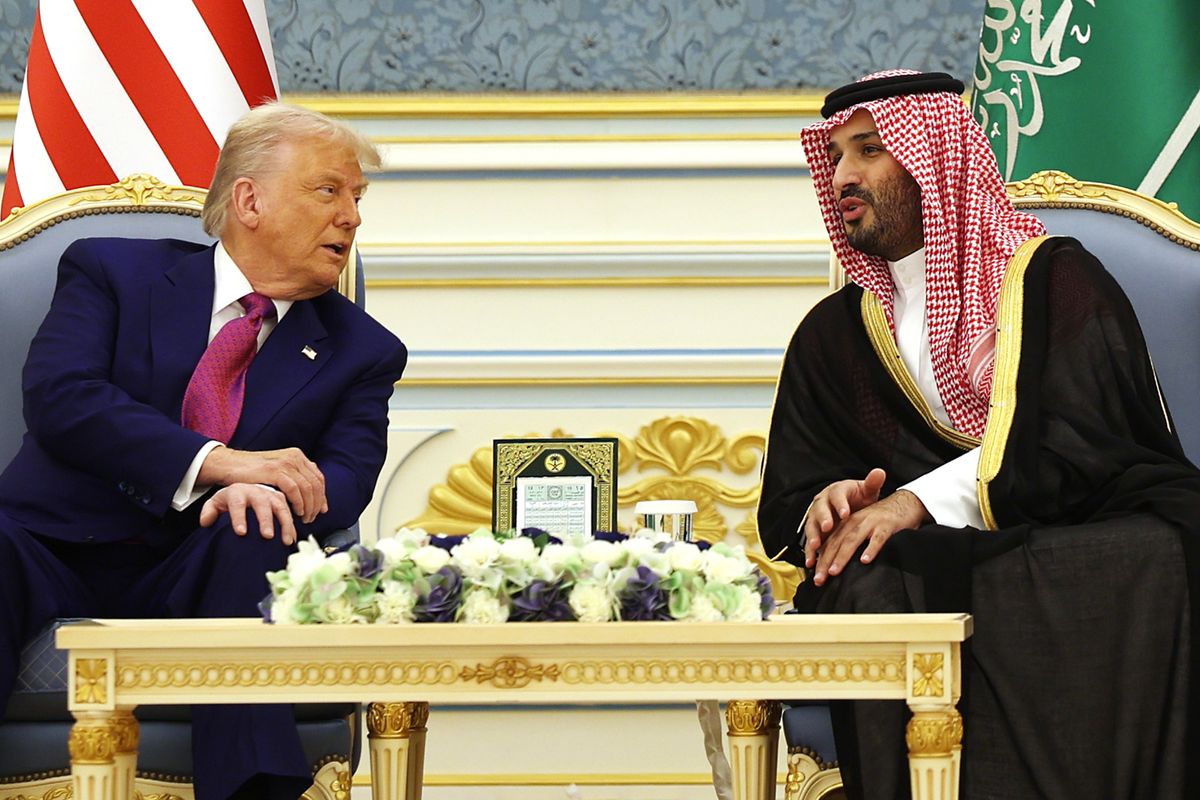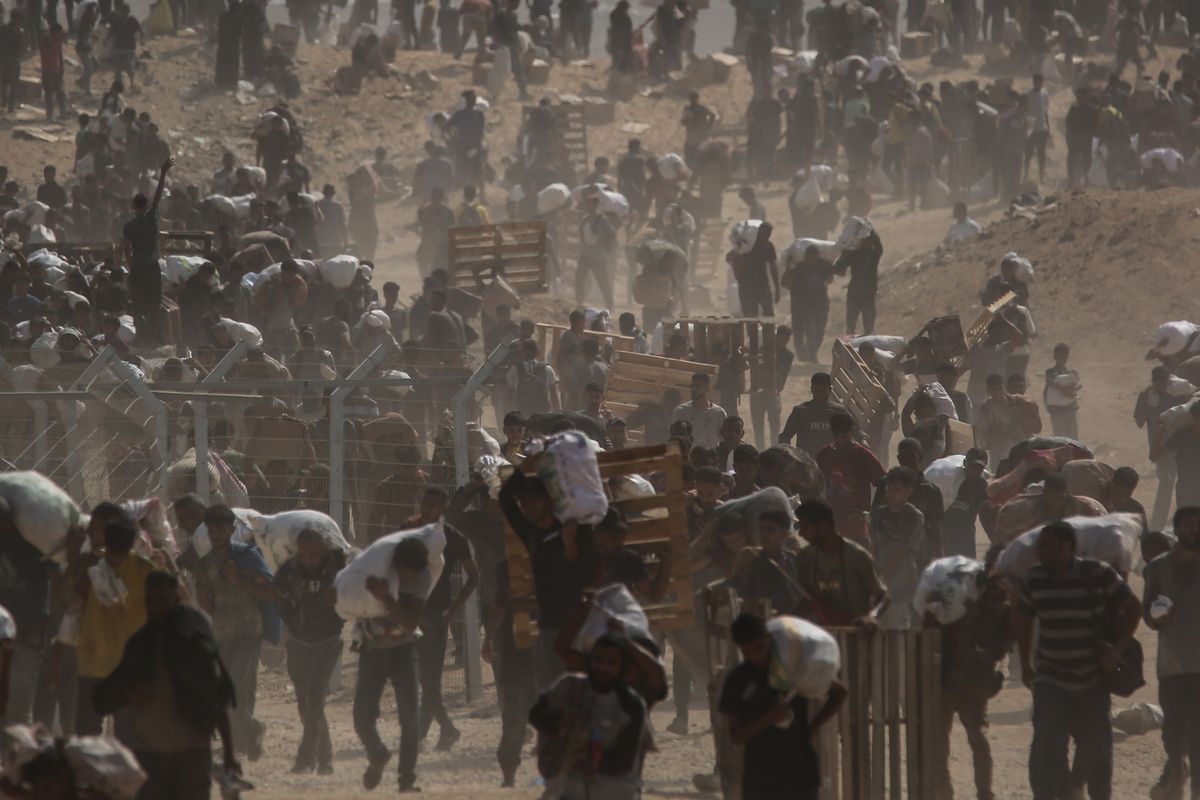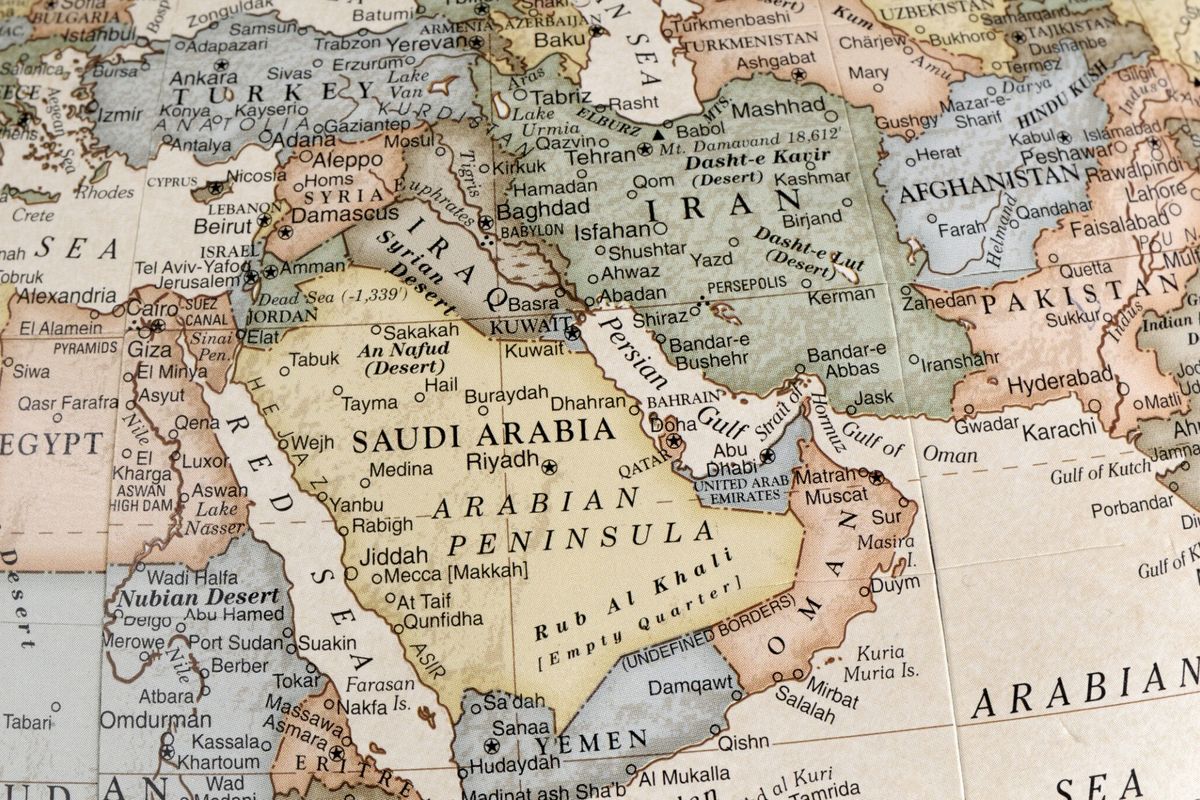The Saudis and the Houthis are not talking. Peace talks to end the conflict in Yemen were set to begin on Monday in Kuwait, but Houthi delegates say they will not attend until the Saudis, who support Yemen’s internationally recognized government, stop breaking a UN-backed ceasefire that began at midnight on April 10. “This alleged ceasefire did not hold even for seconds,” according to Yemeni journalist and Cipher Brief expert Nasser Arrabyee.
The day after the ceasefire announcement, Yemeni authorities reported 117 violations by rebel forces. On April 13, clashes between pro-government fighters and rebels near Yemen’s capital Sana’a left at least three dead and several wounded. On Monday, both sides reported additional violations, including fighting east of Sana’a in Marib province.
This is not the first broken truce between the Houthis and the Yemeni government in this latest round of fighting. In fact, it is not the first outbreak of war. In 2004, government forces under then President Ali Abdullah Saleh launched an attack around the northern city Sa’dah, a town that has been ruled by Zaidi Shiite groups for centuries. The Houthis are affiliated with the Zaidi sect of Shia Islam.
The purpose of the attack: to suppress a rebellion that condemned the Saleh regime for being pro-Western. Sporadic fighting ensued between the Houthis and the Yemeni government until a 2010 ceasefire agreement. Then, just a year later, the Arab Spring helped upend any semblance of peace in Yemen.
In November 2011, President Saleh signed an agreement transferring power to Vice President Abd Rabbuh Mansur Hadi, who was sworn in as president on February 25, 2012. By August 2014, protesters supportive of the Houthis swarmed the streets of Sana’a demanding the Hadi government step down. The Houthis called for a more representative form of government, among other things.
Last year, Saleh changed course and announced an alliance with the Houthis, after the Saudi Arabia-led Arab coalition in Yemen launched two air strikes on his home in Sana’a.
The Saudi Arabians got involved soon after rebels stormed Hadi’s presidential palace in January of 2015, forcing him to resign. The Houthis placed Hadi under house arrest and announced a temporary five-member presidential council. But in February, Hadi fled south to Aden and declared himself the legitimate president. The Saudis, concerned over an increasingly extremist Iran-backed rebel group along their southern border, determined it was time to take action.
“Saudi Arabia decided to go to war in Yemen in March 2015 because it feared the Houthi takeover of the country would give Iran, its chief regional enemy, a foothold on its vulnerable southern underbelly […] The Saudis also felt they had to demonstrate they could project their military power in the region to aid in their quest for leadership of the Arab world,” says Middle East Specialist at the Wilson Center and Cipher Brief expert David Ottaway.
But after 13 months of fighting, more than 6,000 deaths, and around 2.5 million displaced people, both sides are exhausted. Moreover, the war has created an even bigger problem in the region. Ottaway explains, “[…] the longer the war drags on, the more powerful AQAP [Al-Qaeda in the Arabian Peninsula] and the Islamic State are likely to become, creating an even greater threat to the kingdom than the Houthis or Iran.”
It is concern over the Islamic State (also known as ISIS or ISIL) and AQAP expansion that has the U.S. indirectly involved in the war in Yemen. Indeed, Bruce Riedel calls Washington Riyadh’s “silent partner” in the war. The senior fellow at Brookings and former senior advisor on the Middle East and South Asia to the last four U.S. presidents notes that the Obama administration has sold $95 billion in arms to Saudi Arabia.
Just one month after the Saudis began airstrikes in Yemen, the U.S. government added nearly $112 million to its contract with Riyadh’s Al Raha Group for Technical Services in order to provide personnel services in support of the Royal Saudi Air Force (RSAF) F-15 fighter jets. Six months later the U.S. awarded a nearly $263 million contract to Lockheed Martin to “perform sustainment, logistics, and associated management support” of navigation and targeting pod systems for Saudi Arabia’s F-15s. Additional U.S. military support to the Saudis is expected by year’s end.
The Saudis are believed to be using their F-15 fleet in Yemen. A 2016 military capabilities assessment by the International Institute for Strategic Studies reports the Saudis have F-15s, Tornados, and Typhoons for ground attack that they use for missions like those in Yemen.
Nasser Arrabyee, who is based in Sana’a, told The Cipher Brief the Saudis are also using “F-16s, the most advanced American weapons like cluster bombs, ‘Bradley and Abrams’ tanks and armored vehicles.”
The Saudi Arabian embassy in Washington did not comment when asked to confirm they are flying their F-15s and/or F-16s over Yemen.
American logistical support for the RSAF aircraft, intelligence support, and more than $1 billion in munitions for Saudi warplanes are helping strengthen Saudi operations in Yemen. “The U.S. will probably have to continue supplying munitions and logistical assistance if it wants the Saudis to step up their involvement in the U.S.-led coalition against the Islamic State in Syria and Iraq,” said Ottaway.
Even if peace talks begin and the fighting in Yemen dies down, the U.S. is sure to continue – if not increase – logistical and arms contracts with Saudi Arabia. The Obama administration has already supplied at least $47.8 billion in military sales to Saudi Arabia – nearly triple the sales under George W. Bush – according to the Defense Security Cooperation Agency.
Obama is in Riyadh this week to talk with King Salman about how the U.S. can help the Saudis play a larger defense role in the Middle East, among other things. The Saudis, for their part, want to build military might in order to counter Iran and cement themselves as leader of the region.
Kaitlin Lavinder is an International Producer with The Cipher Brief.











